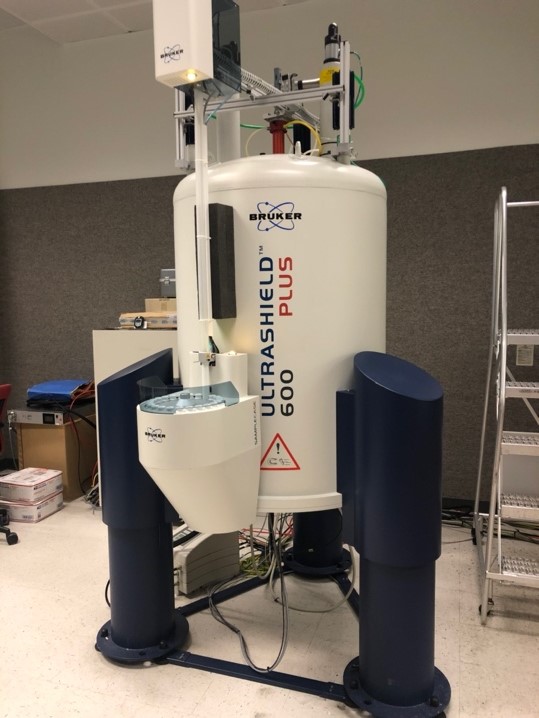Nuclear Magnetic Resonance

NMR spectroscopy can be used for much more than just identifying organic compounds. Our group utilizes multinuclear solution and solid-state NMR to examine surface ligands, dopant and lattice nuclei, and how these nuclei interact with each other. Solution NMR is typically used for experiments studying surface ligands, while solid-state experiments are used to directly examine the nanocrystals from within. A variety of 1D and 2D pulse sequences can be used to determine where different dopants are located within the nanocrystal, how free carriers impact the nuclear relaxation rates, and even how the surface of the nanocrystal reconstructs itself. Examples of NMR active nuclei that have been studied by our group include 1H, 13C, 19F, 27Al, 31P, 67Zn, 71Ga, 77Se, 113Cd, 115In, and 119Sn. It is even possible to target ultra-low abundance isotopes such as 15N (0.37%) and 17O (0.04%) that are common in III-V quantum dots and metal oxides by utilizing the large sensitivity enhancements offered by dynamic nuclear polarization (DNP-NMR).